‘After the Plague’ – A Medieval Reconstruction
/Last week we talked about how looking at past catastrophic plagues could help us prepare for a future plague. This week, we look at research done by the University of Cambridge examining medieval life following the Black Death in the 14th century. In a four-year project funded by the Wellcome Trust—the world's largest medical research charity funding research into human and animal health— their study ‘After the plague: health and history in medieval Cambridge’ cites skeletal evidence as well as DNA sequencing and isotopes to explain the health, life, and death among the poor of 14th century Cambridge. Dr. John Robb, a member of the University of Cambridge’s archeology and anthropology department, notes that there is a dearth of knowledge about the poor in medieval England as the majority of record keeping, and therefore study, has centered on the royalty and upper classes, specifically around the ownership of land .
Following the discovery of a burial ground during a renovation of the Old Divinity School of St. John’s College at Cambridge, Robb and his colleagues recovered over 400 complete skeletons from 1300 burials excavated between 2010 and 2012. The remains all date from between 1200–1400 CE and were buried in the cemetery belonging to the Hospital of Saint John the Evangelist, which stood across from the cemetery until its demolition in 1511. The hospital’s mission was to care for ‘poor scholars and other wretched persons’ which likely explains why the overwhelming majority of the remains recovered are those of men and included only a few women and children. But the poverty of the inhabitants is obvious from the burials themselves—no coffins, few bodies were shrouded, and there are almost no grave goods included with the burials. These were poor people indeed. However, researchers do not believe these were plague deaths, further strengthening the idea that the hospital cared for the poor and infirm, rather than the sick and dying.
Context 958, found in an unusual face-down burial position
Scientists have focused on a single set of remains for more detailed examination. Given the uninteresting name of Context 958, the skeletal remains tell the story of a life of poverty and struggle. He was male and lived between 40 and 70 years (this range surprised me; between the skull sutures and the pubic symphysis, they should have been able to narrow the range from there, which indicates some skeletal weathering to me). He had fine lines in the enamel of his teeth, indicating growth interruptions due to two separate famines while he was a child. He showed additional dental disease leading to an abscess, several cavities, and a number of missing teeth. He was taller than most of his 14th century counterparts and isotope analysis of his bones illustrated a diet enriched with both meat and fish. This is quite unusual in the poorer classes of the time, who consumed mostly a grain-based diet, suggesting one of two explanations: he died and was buried below his station, or, more likely, he was involved in food trade around the university and had access to food above his station. His skeleton showed robust muscle attachments indicating a muscular build and a life of labour, also supported by significant wear in his vertebrae. He had several healed fractures: a lumbar vertebra, a rib, and a depression fracture at the back of his skull that left him with a permanent dent and likely a significant concussion. He also showed signs of gout.
But Context 958 really came to life when the University of Dundee joined the project to build a facial reconstruction. The University of Dundee is well-known for having reconstructed the face of Richard III following the discovery of his remains. In this instance, they did a virtual 3D reconstruction of the skull of Context 958 leading to an amazingly life-like image of the face of a man dead for 800 years.
Project researchers hope that they will be able to build significantly on knowledge of the time, not only for Cambridge’s urban poor, but for all of England, telling the story of not just the rich and successful, but of the common folk who were the base of England’s prosperity and success.
Photo credit: University of Cambridge




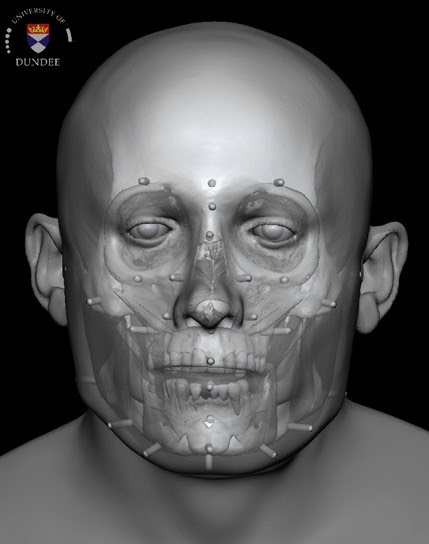
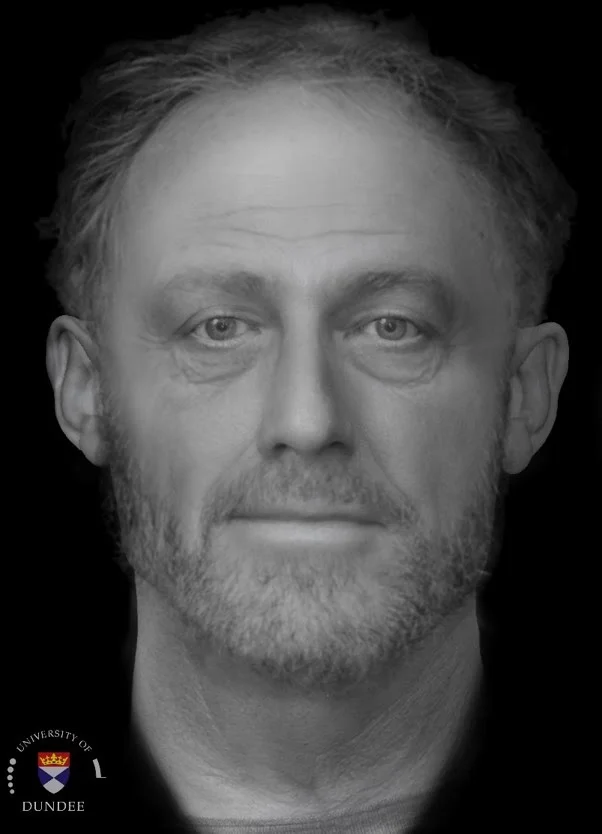




























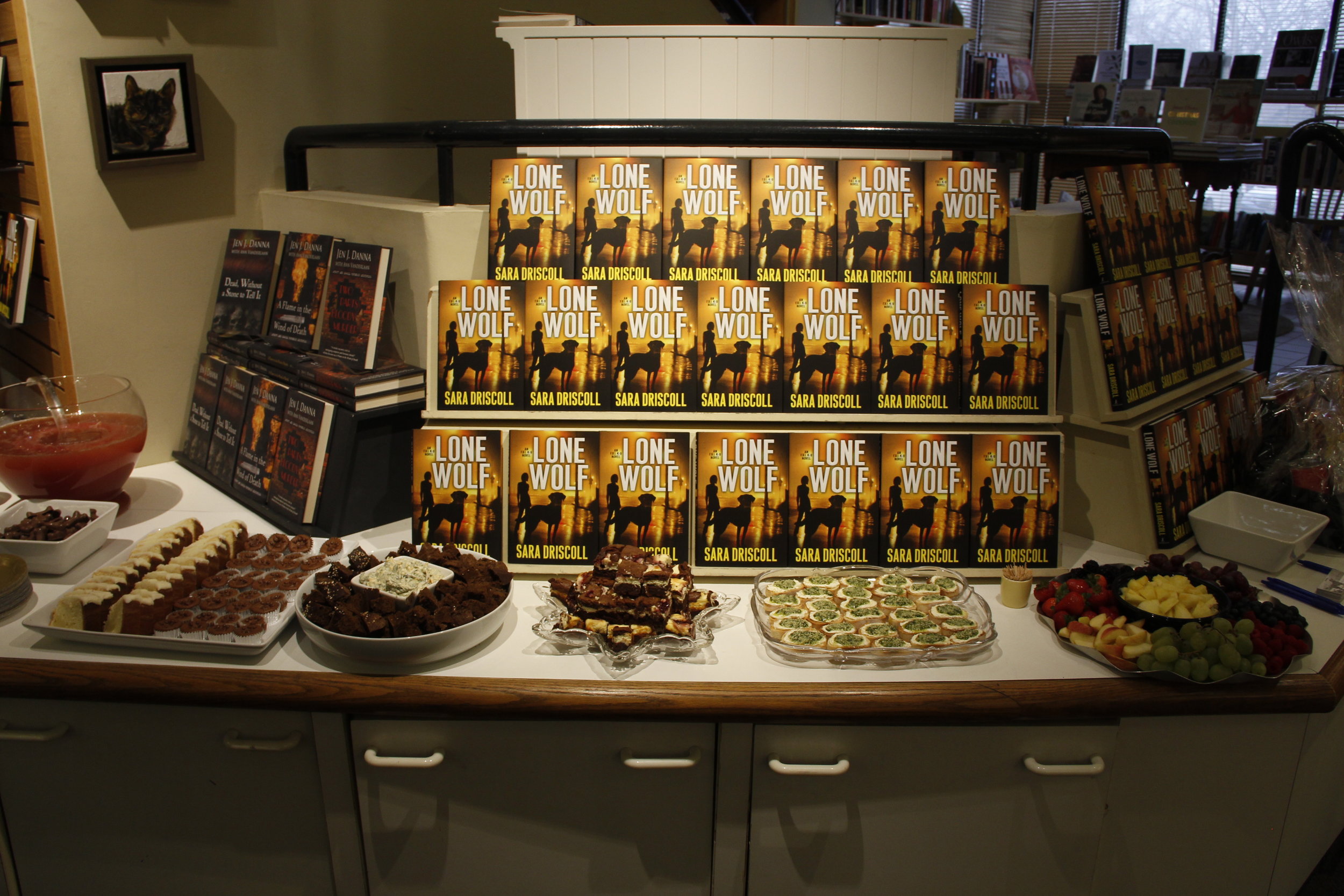




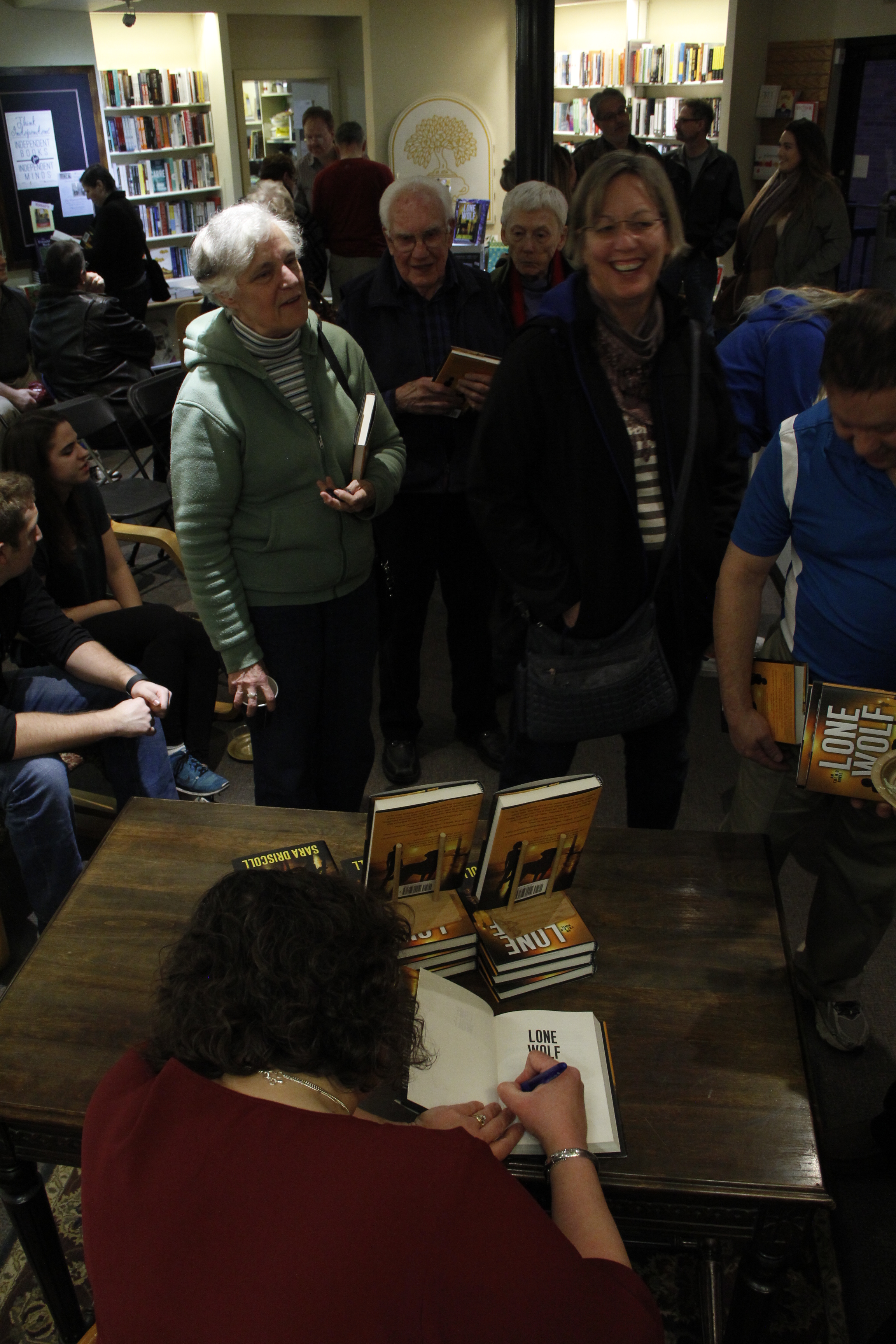

























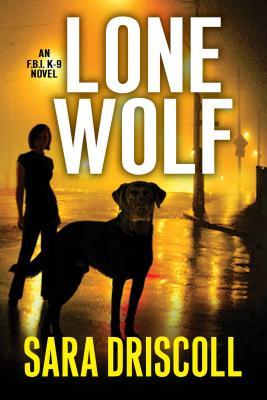

 82.0%
82.0%